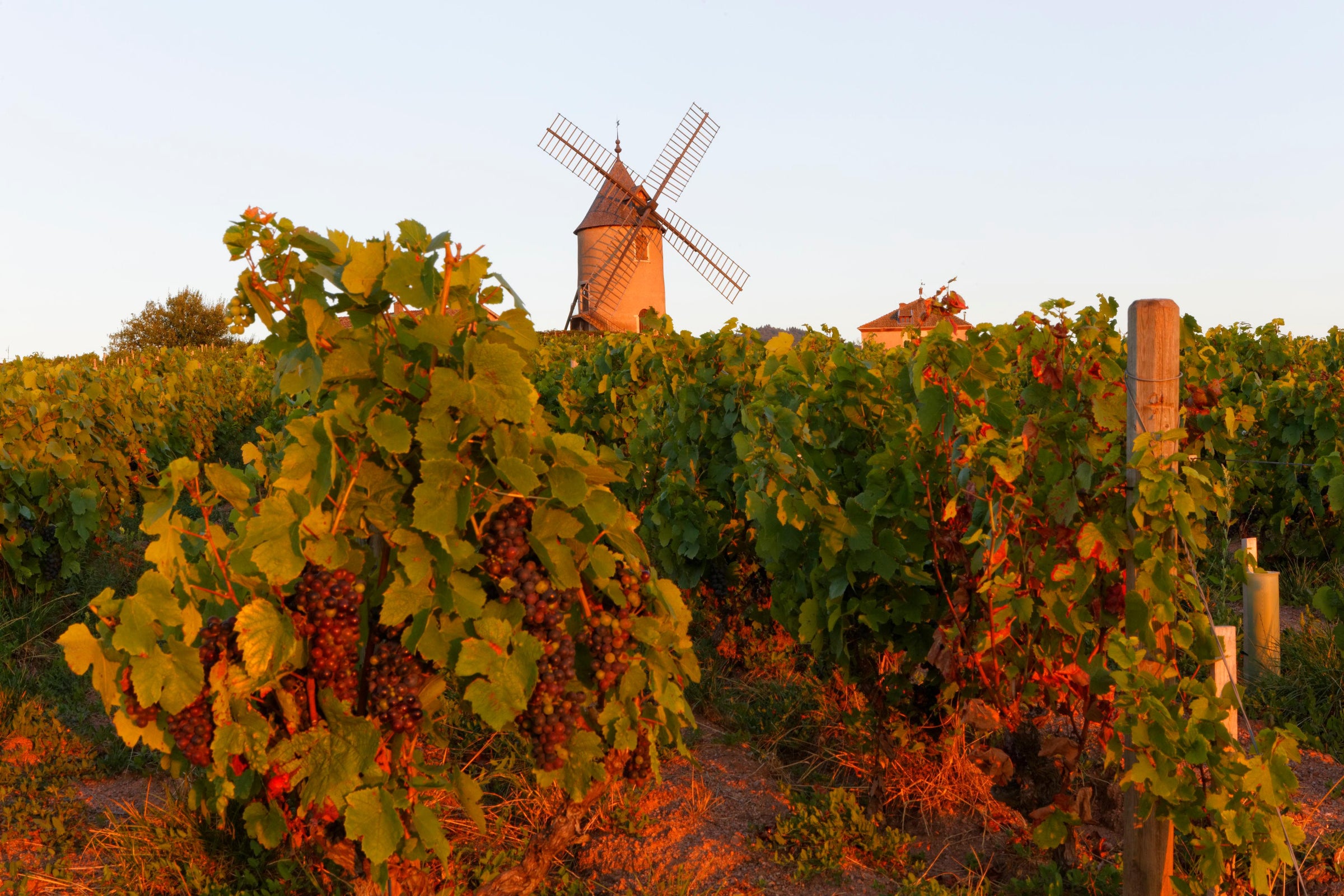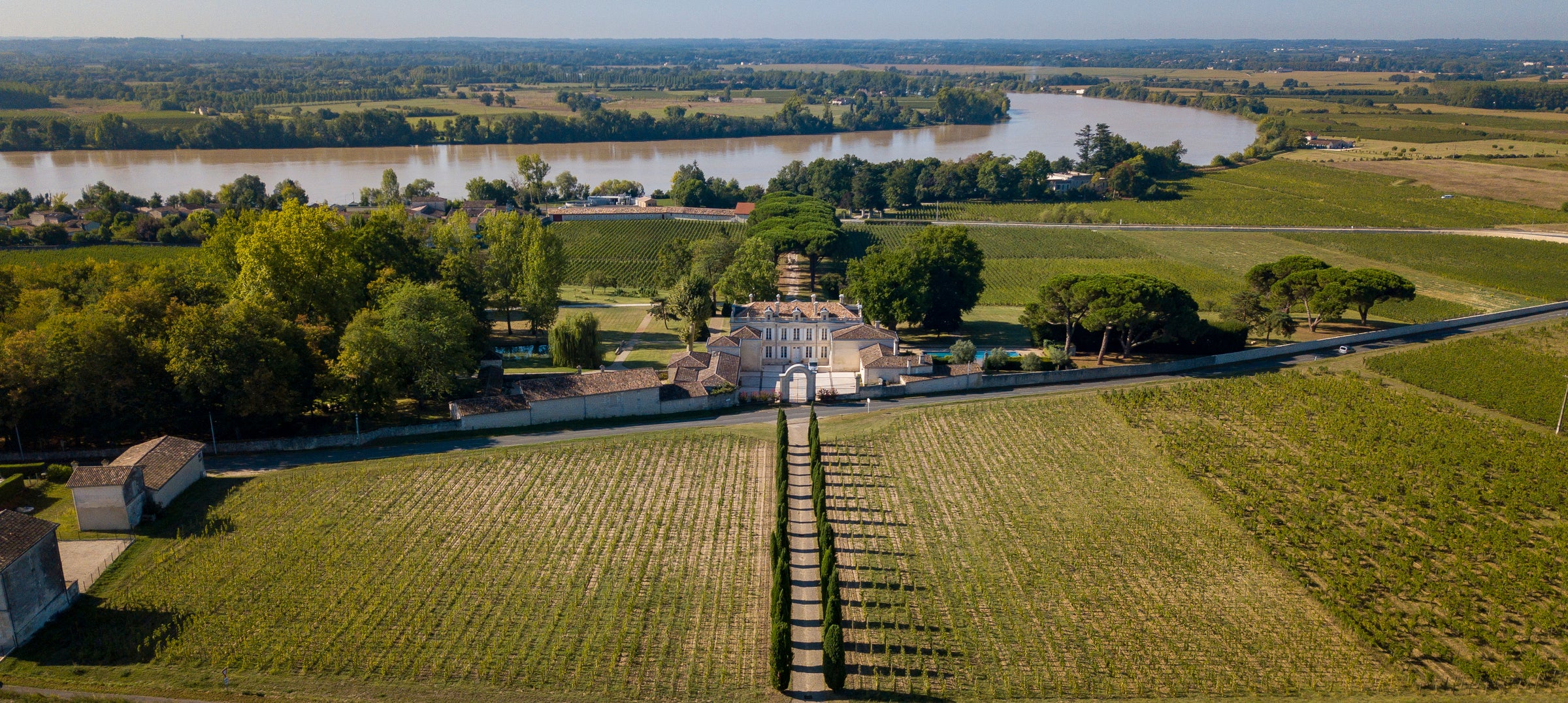“Bespoke” is a word that has been ruined by overuse, but I’ll use it nevertheless to describe the wines of Antoine Petitprez. Most of what little wine he makes ends up in Michelin-starred restaurants in France, leaving the rest of us to fight over the tiny amount that’s exported. This begs the question: Is it worth the effort? Well, it sure was for me.
Today’s superbly detailed Meursault from the celebrated lieu-dit “Les Tillets” is the ultimate in custom wine tailoring. It’s often (also too often) said that “great wine is made in the vineyard,” but Petitprez really, truly lives it: A
vigneron first and foremost, he consults with organic and biodynamic growers on their farming and receives a portion of their harvest as payment; the resulting wines, released under his Uliz label, demonstrate how exceptional a naturally grown, naturally made wine can be. This 2016 shatters the image of “natural” wine being rife with flaws or otherwise lacking the structure or stability to age—it’s as precise and pristine as white Burgundy gets, and any serious collector would be glad to have some. We can only offer up to six bottles per customer today, but rest assured I’ll be on the lookout for other bottlings from Uliz. Petitprez is a fast-rising star and we’re following his ascent with keen interest!
Petitprez created Uliz in 2008, following a string of apprenticeships not just in Burgundy but in the Roussillon, Canada, and California. He’s making Uliz wines from old-vine plots in the Savoie in addition to his assorted Burgundies, and in general his model is best described as going wherever inspiration strikes (and where meaningful grower relationships can be established, of course). The name “Uliz” is said to be short for the Ulysses character in Homer’s “Odyssey,” a reference to Petitprez’s peripatetic career up to this point. Working out of a winery in Pommard in Burgundy, he sells up to 85% of his production in France, and he’s become a bit of a folk hero for his natural farming and winemaking ethos.
It starts, of course, with the organic and biodynamic growers with whom he partners, some of whom occupy prime real estate such as the limestone-rich, gravel-strewn “Les Tillets” in Meursault—which is not classified as a Premier Cru, but, given the number of big-name wines coming out of it, probably should be. The “Les Tillets” vineyard designation found on bottles from Domaine Roulot, Louis Jadot, and Antoine Jobard, among others; it is the highest-elevation site in Meursault at about 960 feet, producing a more high-toned, Puligny-esque breed of Meursault. During medieval times, the Les Tillets vineyard had lime trees (called 'Tille Tillet Or') growing along its outskirts, and experts tend to detect a lime blossom note in Chardonnays from the site. Petitprez’s partner-grower in Tillets tends vines ranging from 40 to 60 years of age—this combined with the ripe 2016 vintage lends the wine serious concentration to complement its freshness and nerve.
Uliz’s 2016 Meursault was whole-cluster fermented in (used) barrels and aged 12 months in barrel on its fine lees, but was not subjected to any
bâtonnage (lees-stirring) during that period. It was bottled unfined and unfiltered with a very minimal sulfur addition, but you need not worry about oxidation: This wine is absolutely pulsing with life. In the glass, it’s shines a bright straw-gold with hints of green at the rim, with an initially reticent nose that comes thrillingly to life as the wine takes on air. Aromas of yellow and green apple, citrus pith, lime blossom, raw hazelnut, baking spice, and crushed white stones carry through to the palate, which is at once laser-like in focus but also deceivingly rich and rounded. It is densely packed and deeply mineral, poised to unwind and evolve over the next 20 years—or, if you are a geek like me, over the course of two-plus hours in a decanter. If you’re able to be patient, drink this over the course of a long conversation/meal, and see how much it improves over just that short time—that’s what great wine is all about! As always, I recommend cellar temperature or thereabouts (55 degrees) as an ideal service temperature, along with larger Burgundy stems or all-purpose red wine stems to allow for ample aeration. The attached recipe is a little more exotic than your average lemon-butter drizzled piece of fish, but this isn’t your average everyday white Burgundy. Pull out the stops!






